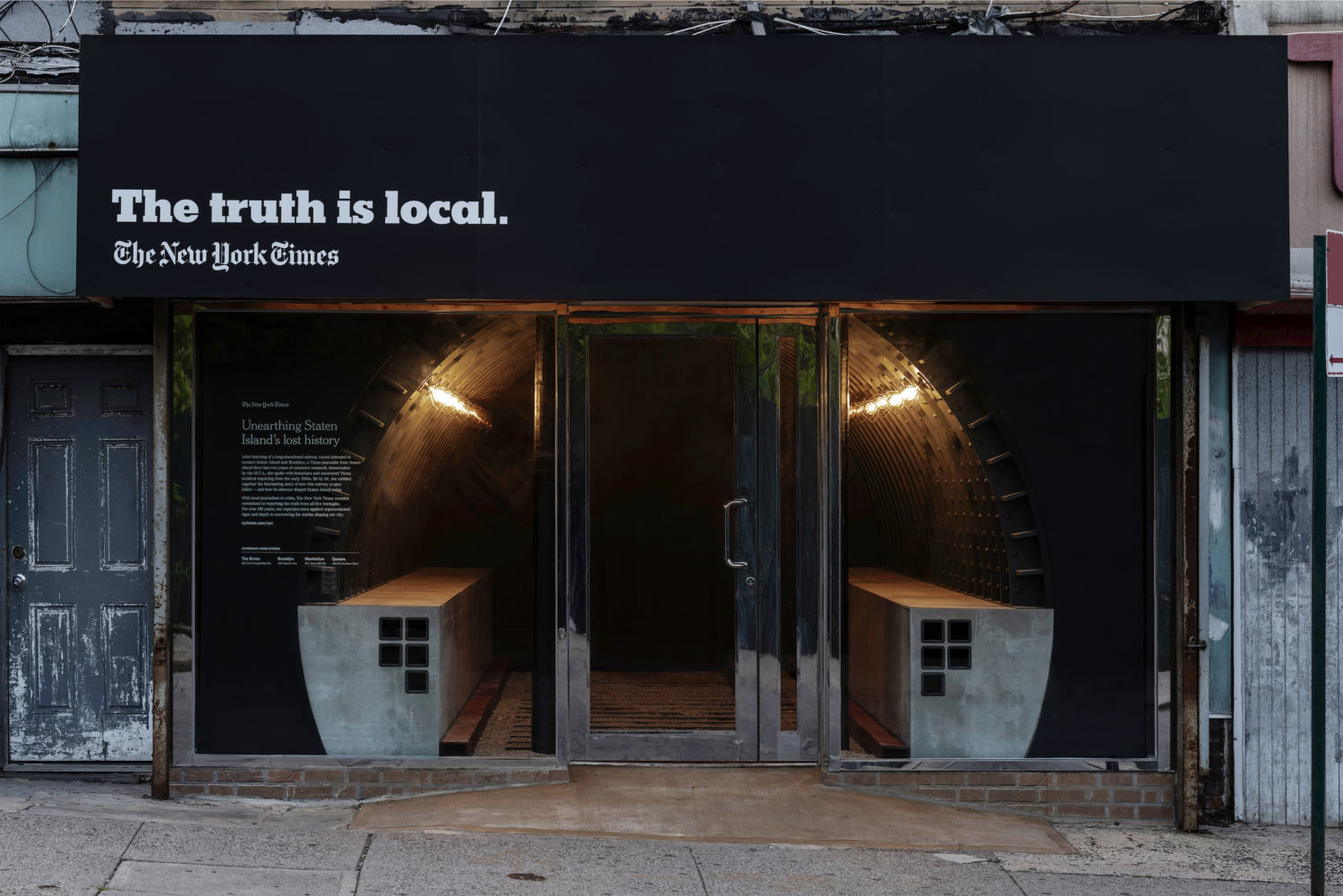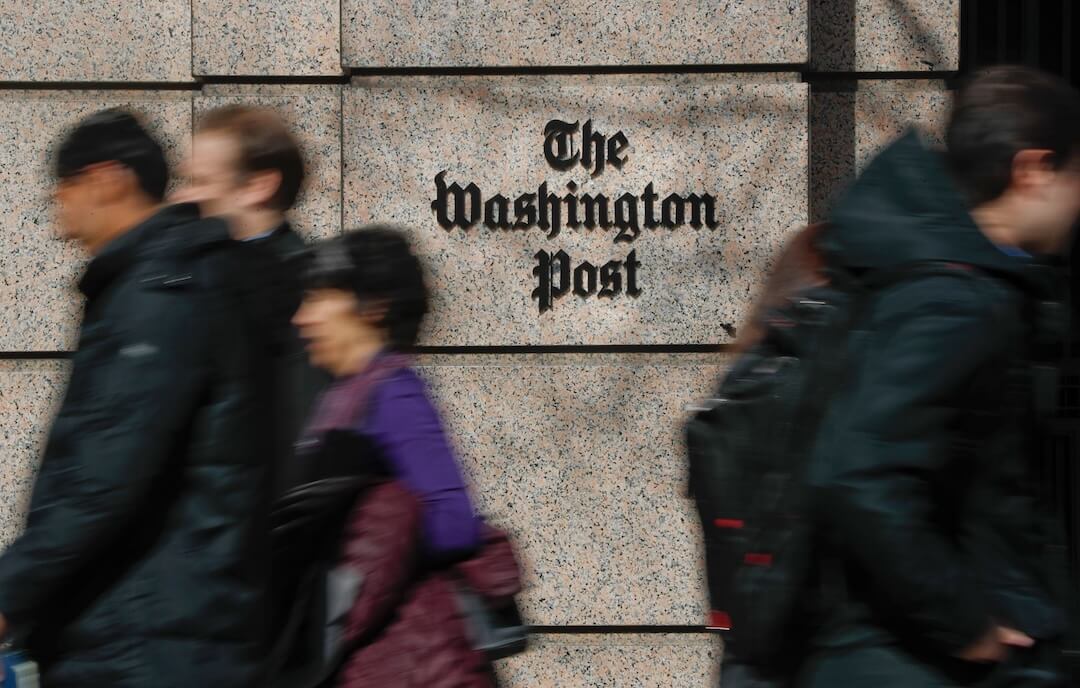When high-ranking editor Cliff Levy took over The New York Times’ Metro department just under a year ago, it was clear a shakeup was coming.
He confirmed that two months later with a memo that hit the newsroom like a grenade. “Metro has often produced strong work in recent years and will always be at the core of The New York Times mission,” Levy wrote, “but my overall judgment is that Metro has lost its footing and needs urgent, fundamental change.”
The problem in a nutshell: The department too often remained stuck in print-first habits despite news consumption having already swung to digital and mobile. The old way included what Levy and one of three reporters I talked with called “dutiful” incremental coverage of everything from trials to politics.
In that respect, the Times, for all its resources, had the same slow-to-change newsroom dynamics that chains and individual metro papers have been grappling with for years. Culture change was part of the fix.
Levy was sure that a retooled report could deliver many more high-impact stories and appeal to the Times’ fast-growing national and worldwide paid digital audience as well as to readers who live in New York.
The Times has not yet posted a “Mission Accomplished” banner — but pretty close. As I began reporting this story earlier this month, the company launched a big local news promotion — installations in five vacant storefronts (one in each borough) highlighting a recent story, TV ads and a billboard mounted on the paper’s old building at 229 W. 43rd St. with the tagline, “The Truth is Local.”
[the_ad id=”667826″]
Here is how Levy and the reporters described the Times’ version of local digital transformation:
“Our audience — all of it — cares deeply about what happens in New York,” Levy said. “So our goal is to capture that in a digitally native way … and bring that perspective to what we choose to do.”
Levy declined to give specific numbers, but some of Metro’s 50-person staff — especially editors — did take buyouts or request transfers. An open meeting with publisher A.G. Sulzberger was held to reassure the Metro crew and hear out unease with the remake.
But Levy’s “lost its footing” slam was always meant to be more about the system than people, he said.
“This is a very talented staff — experienced, excellent reporters, good writers,” he told me. But “the traditional way” fell short of realizing the potential impact of the report.
“As a reporter, I did a lot of (routine) stories to fill a daily print section … We don’t do dutiful any more. The rule is reframe it or skip it. (Besides) digital analytics confirmed that the audience wasn’t reading those.”
Levy continued, “There is a classic existential question about a digital metro report: How many stories do you publish in a given day? Could be zero, could be 150. You can also ask what would Metro look like if print didn’t exist?”
[the_ad id=’667872′]
Levy’s answer (which I see broadly in the industry) is fewer stories, but longer, more consequential ones. And if you really believe in digital first (and Levy does), that decision rolls back into the print version of the metro section.
For instance, the metro report in my Friday national edition of the Times had six stories spread over three pages. (Local Tri-State readers get a separate metro section on Sunday, distributed only in their edition.)
The stories chosen for the storefront displays are a representative sample of the new emphasis:
- The recent two-part investigation of how taxi drivers got burned as the value of medallions they borrowed to buy plummeted, leaving them with loans they could not repay. This was also chosen for the second episode of “The Weekly,” the Times’ plunge into a streaming video documentary series.
- Dan Barry and Jeffrey Singer’s poignant feature taking the death of a young immigrant massage parlor employee in Queens as exemplary of sex exploitation.
- Overturning a dozen murder convictions in Brooklyn; educational inequality in the Bronx; and the collapse of Staten Island’s would-be subway project.
The changes take place as the city’s two tabloids have slashed staff and the Village Voice has stopped publishing in print. But Levy does not see the Times as the only game left in town.
“I definitely pay very close attention to coverage in The Daily News, The New York Post and the new City website, not to mention other news organizations that cover the city closely. They all do good work, and I care a lot about not being beaten by them.”
My interviews with reporters showed them onboard with Levy’s program and happy with the results.
Transit reporter Emma G. Fitzsimmons emailed me:
“When Cliff arrived last summer, he brought fresh energy to the department and pushed us to make our coverage feel more urgent on digital platforms. … Cliff wants us to own the big stories in New York — from the efforts to fix the subway to congestion pricing and a cap on Uber vehicles. He’s always asking me, ‘How can we elevate this story? What’s the bigger issue here?’ Then he fights for our stories to get a good spot on the mobile app — and on the front page of the newspaper.”
Fitzsimmons carried out one of the new made-for-mobile formats, so-called “tap stories.” Composed in real time and resembling an Instagram post, the tap was a fit for Your Stories of Subway Hell, and a followup on what people love about the subway, like dogs in satchels.
Veteran Big City columnist Ginia Bellafante, with a long tenure at Time magazine before joining the Times in 2000, said that Levy’s arrival was a pick-me-up for a staff that felt adrift and floundering, especially as the news cycle came to be dominated by Trump and more Trump.
It is fair to say Metro had been a digital backwater, Bellafante said. So Levy’s facility with digital story forms — he had worked in a variety of digital roles in the years before the assignment — was especially welcome.
And having had plenty of bosses who come in “with an arbitrary bias” of what they want, she found him a good listener, able to draw the best work from a variety of reporters and infuse context into pieces that made them “resonate with readers.”
[the_ad id=”667878″]
A third reporter, Annie Correal, also detected “an enormous shift to digital” in the timing of when Metro stories are published and how they are packaged, with a greater emphasis on headlines and getting the visual elements right.
She also said there was an on-going conversation about how to frame stories to speak to an audience outside New York. (California now has more digital subscribers than does New York.)
In her view, the Metro staff includes many stellar reporters who predate Levy’s arrival, and lately they have been invited to pitch big ideas and investigations and have time to develop them.
The staff can still pivot back to “running hard” with breaking news reporting for the appropriate story, she said. In her case that was exemplified in a sequence of seven stories in 10 days in February when the heat and electricity went out in a Brooklyn jail, leaving more than 1,000 inmates shivering in the dark.
Another point in common between the Times and others trying to turn around a metro report: the problem was recognized two years before Levy’s assignment, as reported in then-Public Editor Liz Spayd’s column.
Wendell Jamieson, Metro editor at that time, left after complaints of inappropriate behavior toward female staffers, and he was succeeded on an interim basis by senior editor and correspondent Susan Chira. When she returned to her reporting assignment, Levy was brought in with a mandate to make sweeping changes.
Levy has been mentioned — including in a Times news story — as one of three top candidates to succeed executive editor Dean Baquet. He is a two-time Pulitzer winner, former Moscow correspondent and has been at the Times 35 years.
The rapid results in Metro should burnish his credentials as a trouble-shooter who can also earn staff loyalty.
So I asked, without expecting an answer, whether he might be moving on soon, Lone Ranger-style, to a next assignment. “I’m incredibly happy doing what I’m doing,” Levy replied. “My head is totally on that.”
The original version of this story misstated columnist Ginia Bellafante’s role and the date she joined the New York Times. It also misrepresented when tri-state subscribers get a separate metro section. We regret the errors.
Clarification: A section of this story was expanded to clarify elements of the leadership transition process.











